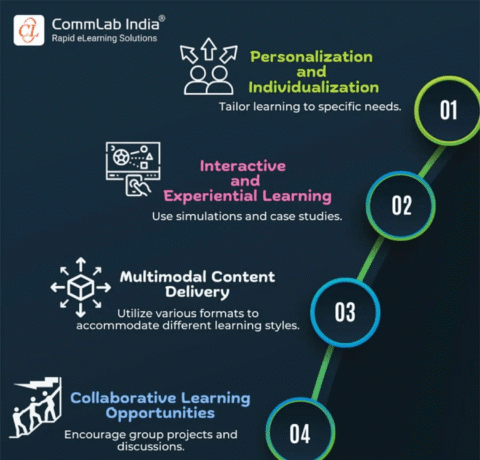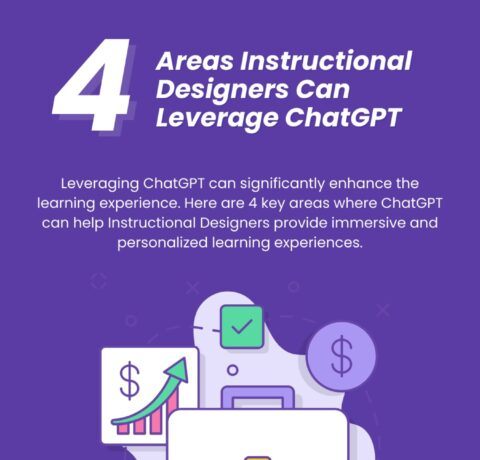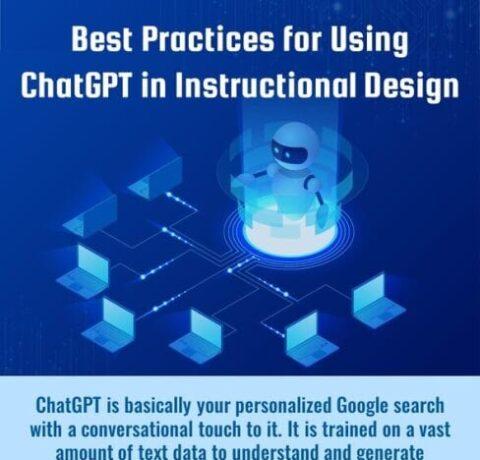How to Get the Most From Think – Pair – Share Infographic
Think-pair-share is an instructional strategy where the teacher stops lecturing and asks students to consider a question (think), turn to a partner (pair), and discuss their response with the partner (share). The How to Get the Most From Think – Pair – Share Infographic explains what’s so great about Think – Pair – Share and how you can get the most from it!
What’s so great about Think – Pair – Share?
- It breaks content into bite-sized pieces. The brain can only process so much at one time. To learn material, you need to interact with it. Think-Pair-Share offers a quick way to do that.
- It gets students active. It takes them out of “sitting and getting” mode and puts them into talking mode. Verbally processing the material creates new pathways for learning it.
- It provides novelty. Talking with a peer is a unique experience with the content; this makes it more memorable.
- It allows for formative assessment. If you listen as students talk, you can immediately gauge who gets it and who doesn’t.
- It requires almost no prep. You can literally call for a Think-Pair- Share any time, with nothing planned in advance.
Getting The Most From Think – Pair – Share?
- Explain why you're doing it. Tell students about the benefits of the strategy: You’ll get more buy-in and better participation.
- Set up pairs ahead of time. If partners are chosen before you start, everyone will be ready when you ask the first question.
- Select a "Person A" and a "Person B." ...or whatever you want to call them. During the share, announce whose turn it is and switch halfway through. This ensures equal participation.
- Ask a specific question. Give students some direction about what they should discuss. If you just tell them to talk, the conversations may lack quality.
- Listen. Instead of checking e-mail or tuning out, circulate and listen to student discussions. You’ll get valuable information about student understanding and keep them on task.
- Debrief. After pairs discuss, call on a few to share with the class.







You can adjust your cookie preferences here.